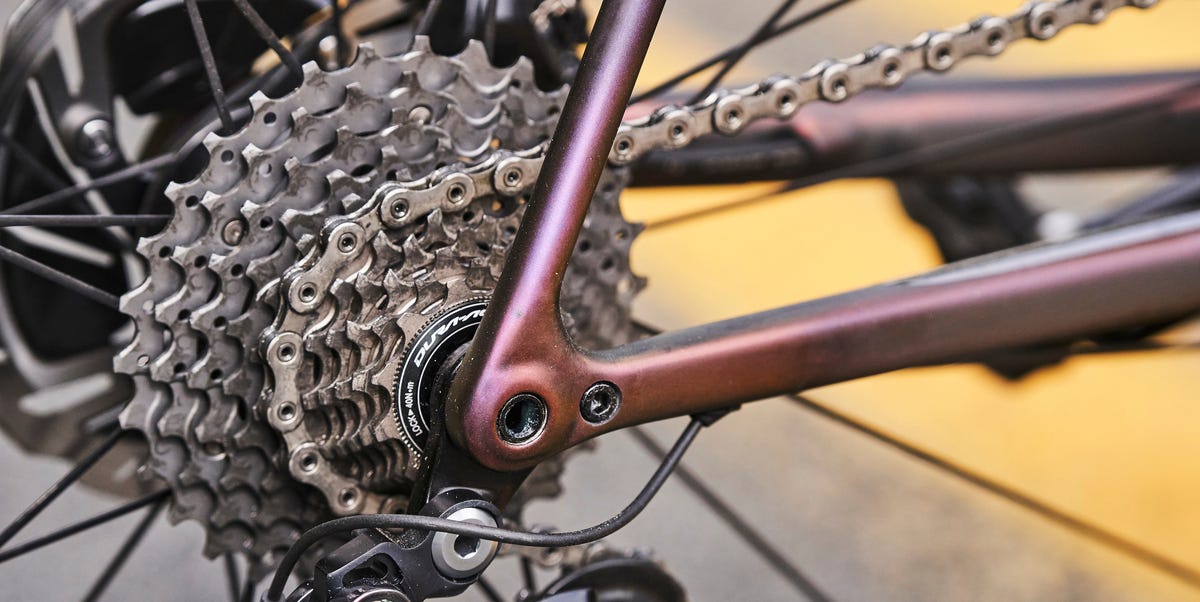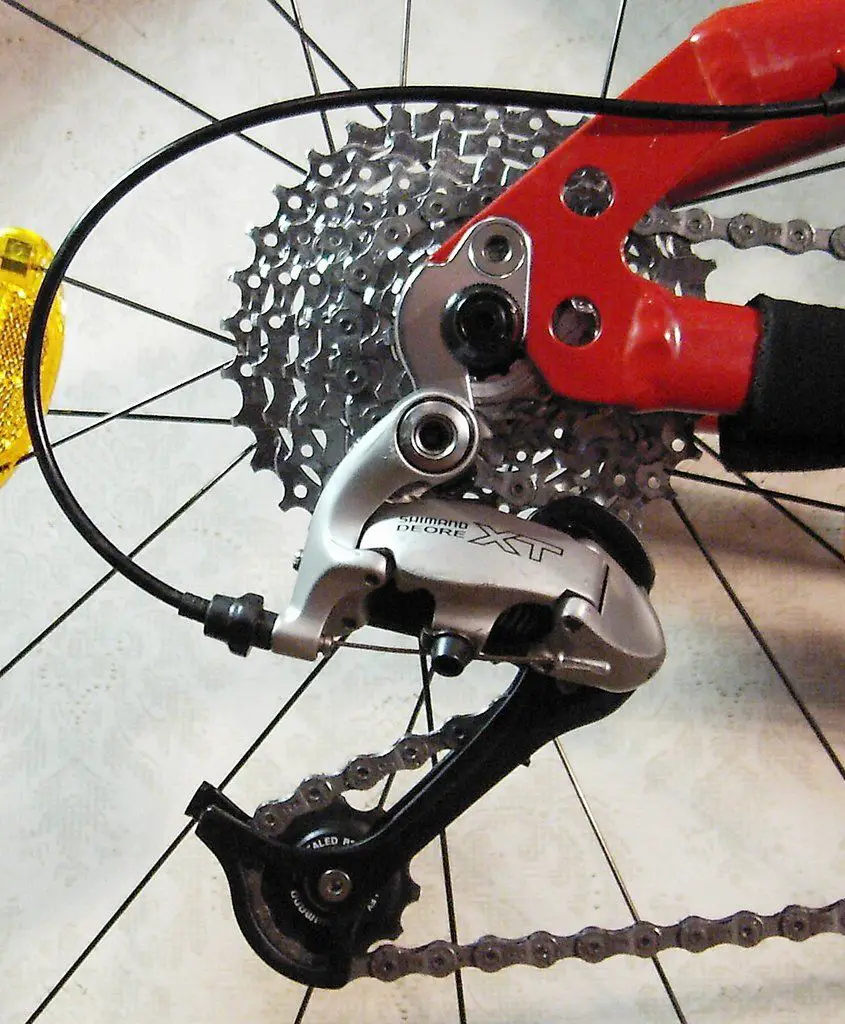Unlocking the Secrets of Smooth Shifting
Mastering the art of gear shifting is essential for any mountain biker looking to improve their performance and overall riding experience. Understanding how to work gears on a mountain bike can make all the difference in tackling challenging terrain, reducing fatigue, and enhancing bike performance. By learning how to work gears on a mountain bike, riders can optimize their gear selection, reduce the risk of mechanical issues, and enjoy a smoother, more efficient ride. In this article, we’ll delve into the world of mountain bike gears, providing a comprehensive guide on how to work gears on a mountain bike, from the basics of the gear system to advanced techniques for experienced riders.
Understanding Your Mountain Bike’s Gear System
A mountain bike’s gear system is a complex mechanism that enables riders to tackle various terrain with ease. At its core, the system consists of three primary components: gears, derailleurs, and shifters. The gears, typically located on the rear wheel and crankset, provide different gear ratios that allow riders to adjust their pedaling speed and effort. Derailleurs, which are attached to the frame, guide the chain between gears, ensuring smooth transitions. Shifters, located on the handlebars, enable riders to change gears with ease. When working together in harmony, these components provide a seamless riding experience. To master how to work gears on a mountain bike, it’s essential to understand how these components interact and function as a cohesive unit.
How to Choose the Right Gear for the Terrain
Selecting the appropriate gear for the terrain is crucial when learning how to work gears on a mountain bike. The right gear can make all the difference in tackling challenging climbs, navigating technical descents, and cruising along flat trails. When approaching an uphill climb, it’s essential to shift into a lower gear to maintain a comfortable pedaling speed and reduce fatigue. Conversely, when descending, shift into a higher gear to maintain speed and control. On flat trails, a middle gear provides an optimal balance between speed and efficiency. By understanding how to choose the right gear for the terrain, riders can optimize their performance, reduce fatigue, and enjoy a more comfortable ride.
The Art of Shifting: Techniques for Smooth Transitions
Mastering the art of shifting is a crucial aspect of learning how to work gears on a mountain bike. Smooth transitions between gears can make all the difference in a rider’s performance, comfort, and overall riding experience. To shift gears smoothly, it’s essential to understand when to shift, how to use the correct gear for the terrain, and how to avoid common mistakes. When approaching a change in terrain, anticipate the need to shift gears and make adjustments accordingly. Use the correct gear for the terrain by considering factors such as speed, cadence, and pedaling effort. Avoid common mistakes such as shifting under heavy load, shifting too frequently, or failing to adjust the derailleur. By mastering the art of shifting, riders can optimize their performance, reduce fatigue, and enjoy a more comfortable ride. Remember, practice makes perfect, so be sure to practice shifting gears regularly to develop muscle memory and improve your overall riding skills.
Troubleshooting Common Gear-Related Issues
Even with a solid understanding of how to work gears on a mountain bike, issues can still arise. Common problems such as skipping gears, chain drops, and stuck derailleurs can be frustrating and disrupt a rider’s flow. To troubleshoot these issues, it’s essential to identify the root cause of the problem. Skipping gears can often be attributed to worn or damaged gear teeth, while chain drops can be caused by improper chain tension or misaligned derailleurs. Stuck derailleurs can be the result of inadequate lubrication or misadjustment. To avoid these issues, regular maintenance is key. Clean and lubricate the gear system regularly, and adjust the derailleurs and shifters as needed. Additionally, consider upgrading to high-quality components and cables to reduce the likelihood of gear-related issues. By being proactive and addressing problems promptly, riders can minimize downtime and ensure a smooth, enjoyable ride.
Gear Maintenance 101: Keeping Your Bike Running Smoothly
Regular gear maintenance is crucial to ensuring a smooth and enjoyable ride. By understanding how to work gears on a mountain bike, riders can identify potential issues before they become major problems. To keep the gear system running smoothly, it’s essential to clean the derailleurs and shifters regularly. Use a soft-bristled brush and mild soap to remove dirt and grime, and dry the components thoroughly to prevent corrosion. Lubricate the chain and pivot points regularly to reduce friction and wear. Adjust the derailleurs and shifters as needed to ensure proper alignment and smooth shifting. Additionally, consider upgrading to high-quality cables and housing to reduce friction and improve shifting performance. By incorporating these maintenance tasks into a regular routine, riders can extend the life of their gear system and ensure optimal performance. Remember, a well-maintained gear system is key to mastering how to work gears on a mountain bike and enjoying a smooth, efficient ride.
Advanced Gear Techniques for Experienced Riders
For experienced riders looking to take their gear shifting skills to the next level, mastering advanced techniques is key. One such technique is using gear combinations to optimize performance. By combining the right gear ratios, riders can achieve a smoother, more efficient ride. For example, using a lower gear in the front and a higher gear in the rear can provide more power and control on steep climbs. Another advanced technique is adjusting gear ratios for specific terrain. By fine-tuning the gear system to suit the terrain, riders can achieve optimal performance and efficiency. Additionally, experienced riders can experiment with different gear combinations to find the perfect setup for their riding style. By understanding how to work gears on a mountain bike and incorporating these advanced techniques, riders can take their skills to new heights and enjoy a more exhilarating ride. Remember, mastering advanced gear techniques requires practice and patience, so be sure to experiment and refine your skills regularly.
Conclusion: Mastering Mountain Bike Gears for a Better Ride
In conclusion, understanding how to work gears on a mountain bike is crucial for any rider looking to improve their performance, reduce fatigue, and enhance their overall riding experience. By mastering the basics of the gear system, learning how to choose the right gear for the terrain, and practicing smooth shifting techniques, riders can take their skills to the next level. Additionally, regular gear maintenance and troubleshooting common issues can help prevent problems and ensure a smooth ride. For experienced riders, advanced techniques such as gear combinations and fine-tuning the gear system can provide even more opportunities for optimization and improvement. Remember, mastering how to work gears on a mountain bike takes time and practice, so be sure to stay committed and keep refining your skills. With patience and dedication, riders can unlock the full potential of their mountain bike and enjoy a more exhilarating and efficient ride.








